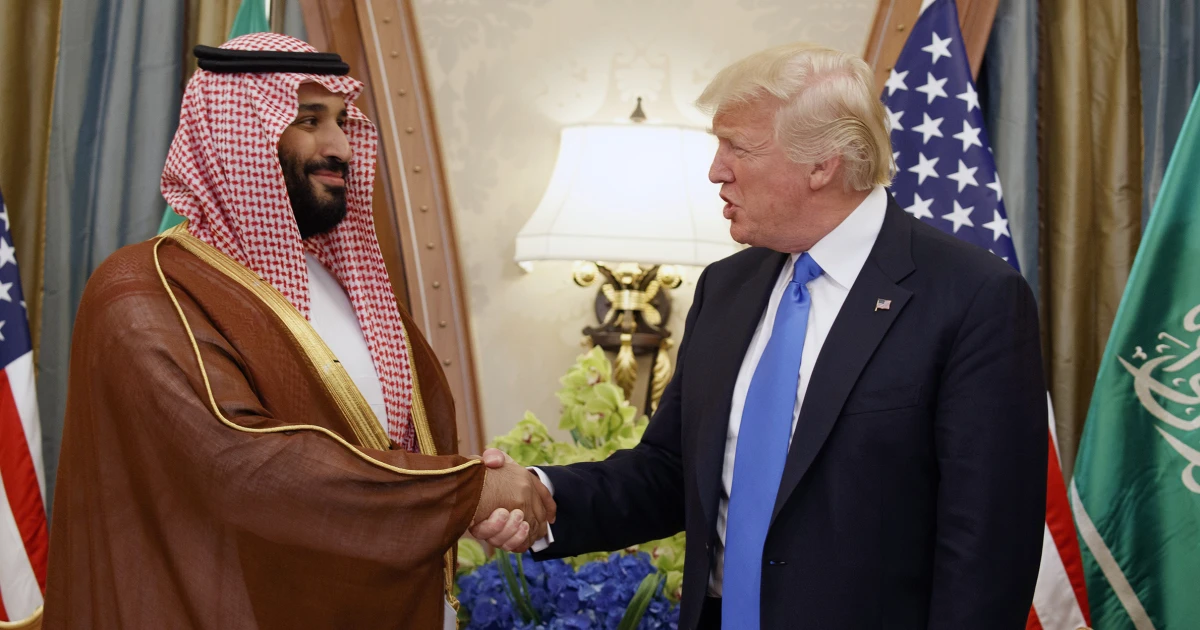경제
Bin Salman’s "Bold Investment": A Game-Changer for US-Saudi Relations and Global Markets
Economist Dr.Han
2025. 1. 24. 09:42
728x90
반응형
SMALL
Saudi Arabia has delivered a substantial promise to President Trump, pledging a staggering $600 billion (approximately 862 trillion KRW) investment in the United States over the next four years. This ambitious commitment underscores the deepening ties between the two nations and presents unique opportunities for investors.

Key Highlights
- First Call with Crown Prince: President Trump’s first international phone call as president was with Crown Prince Mohammed bin Salman.
- Focus on Regional Security: The two leaders discussed efforts to combat terrorism and ensure Middle Eastern stability.
- $600 Billion Investment Pledge:
- Bin Salman promised significant capital inflows to the US, focusing on infrastructure, technology, and energy.
- Historical Ties:
- During Trump’s first term, Saudi Arabia invested $2 billion in a company linked to Jared Kushner.
- Trump hinted that Saudi Arabia’s "Buy American" initiatives influenced his choice of the kingdom as his first international visit.
Economic and Market Implications
Strengthening US-Saudi Relations
- Economic Boost for the US:
- Saudi investments are expected to enhance American industries, particularly in infrastructure and energy.
- Job creation and technological innovation are likely outcomes of this financial influx.
- Strategic Cooperation:
- Investments align with Saudi Arabia’s Vision 2030, aimed at diversifying its economy away from oil dependency.
- Collaboration in clean energy and advanced technologies may foster mutual benefits.
Challenges and Uncertainties
- Funding Questions:
- Concerns arise about Saudi Arabia’s ability to fulfil this commitment amid potential financial strains on projects like the Neom City initiative.
- Geopolitical Risks:
- Tensions in the Middle East and fluctuating oil prices could affect the sustainability of this investment strategy.
Investment Strategies: Tapping into Saudi Ambitions
Sector-Specific Opportunities
- Energy and Infrastructure:
- Focus on companies poised to benefit from large-scale Saudi investments in US infrastructure and clean energy projects.
- Technology:
- Look for tech firms collaborating with Saudi initiatives, particularly in AI and smart city developments.
- Healthcare:
- Saudi Arabia’s diversification efforts include investments in biotech and healthcare, presenting growth opportunities.
Defensive Assets
- Safe-Haven Investments:
- Gold and US Treasury bonds remain essential hedges against geopolitical instability.
- Dividend-Paying Stocks:
- Invest in companies with strong fundamentals and stable dividend histories to balance potential market volatility.
Global Diversification
- Emerging Markets:
- Explore opportunities in other Gulf Cooperation Council (GCC) nations, leveraging Saudi Arabia’s regional influence.
- European and Asian Markets:
- Diversify portfolios with equities from Europe and Asia, which might benefit from Saudi capital flows.
Recommended Portfolio Allocation
- Growth Assets: Allocate 40–50% to sectors directly linked to Saudi investments, such as energy, infrastructure, and technology.
- Defensive Holdings: Dedicate 20–30% to gold, bonds, and stable dividend stocks.
- Global Exposure: Assign 20–30% to international equities and emerging markets.
Key Considerations for Investors
- Monitor Policy Developments: Track US-Saudi agreements and their implementation to identify investment opportunities.
- Assess Risks: Evaluate geopolitical risks and their potential impact on specific industries.
- Focus on Long-Term Potential: Prioritise investments in sectors aligned with global trends, such as clean energy and smart technologies.
Conclusion
Saudi Arabia’s $600 billion investment pledge marks a pivotal moment in US-Saudi relations and global economic dynamics. For investors, this presents a wealth of opportunities, particularly in energy, infrastructure, and technology. By adopting a balanced portfolio strategy and remaining informed, investors can capitalise on this historic initiative while managing potential risks effectively.